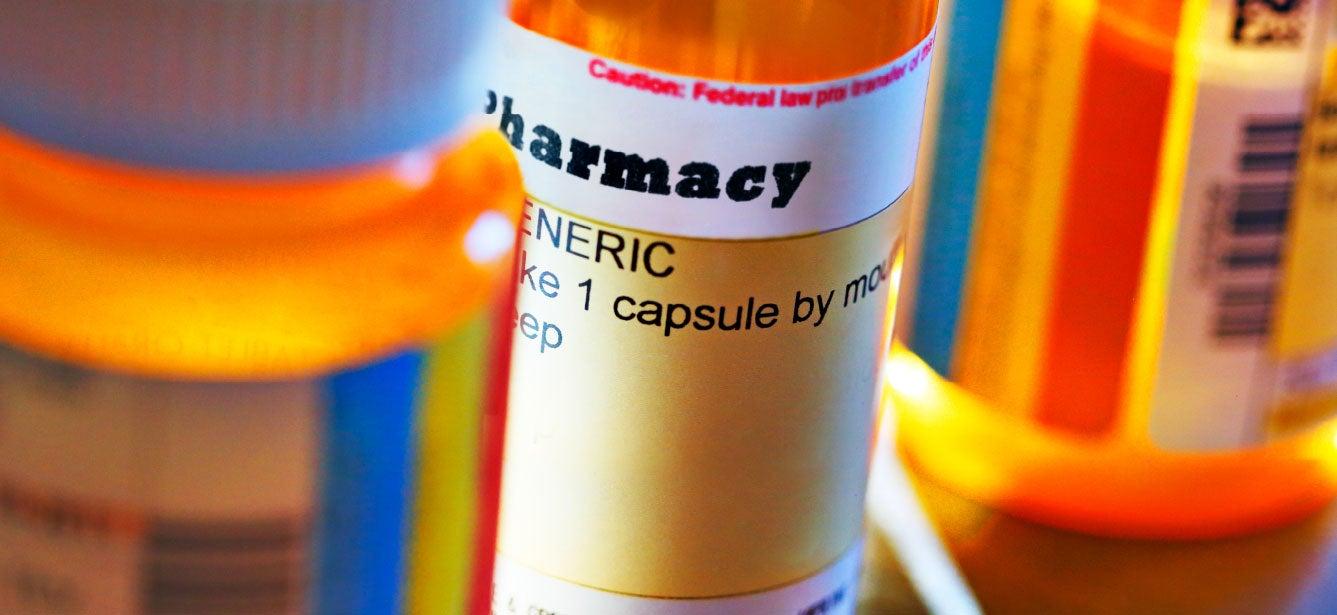
The Medicare Part D Transition Policy exists to provide new (and some current) enrollees immediate access to prescription drugs within 90 days of enrollment for non-formulary drugs and drugs with utilization management requirements. The beneficiary should use the one-time, transition fill period to work with their doctor to decide whether it’s ok to switch to another drug the plan covers with no limitations on access, or to request a formulary exception. The policy applies to Part D prescription drug plans and to Part C Medicare Advantage plans that include Part D prescription drug coverage.
Which enrollees get a transitional supply?
A transitional supply, or transition fill, is available to Medicare beneficiaries within 90 days of their enrollment effective date in the following circumstances:
- Join or switch drug plans during the annual Open Enrollment Period between Oct 15-Dec 7,
- Join or switch drug plans during the year using another type of enrollment period (e.g., Initial Enrollment Period, Special Enrollment Period, or Medicare Advantage Open Enrollment Period),
- New and current plan members who live in long-term care (LTC) facilities, and
- Additionally, a transitional supply may be available to some current plan members who are negatively affected by formulary changes from one plan year to the next.
Does the transition policy apply to all drugs?
The transition policy does not apply to Part D excluded drugs, new prescriptions, or to drugs that have been removed from a plan’s formulary because of FDA safety recalls. The transition policy does apply to both non-formulary drugs and drugs with utilization management requirements.
What is a non-formulary drug?
It is important to carefully compare both the overall plan cost (premium, deductible, and copayment/coinsurance) and the formulary coverage (list of covered drugs). However, beneficiaries may enroll in a new plan only to find that their current prescription(s) are not covered. This might happen when a beneficiary with Extra Help is automatically enrolled in, or reassigned to, a new plan by the Centers for Medicare & Medicaid Services (CMS). It could happen when a beneficiary chooses a plan based on one aspect of cost without checking whether their prescription(s) are on the formulary as well.
What is utilization management?
Utilization management (UM) is a restriction or action required by the plan before it will pay for medication. Quantity limits, step therapy, or prior authorization are common utilization management restrictions. Know that these restrictions often require a doctor or prescriber to submit information about the individual’s medical condition or treatment before a plan will pay for the medication even though the drug is on the plan’s formulary.
How does the transition policy work?
Plans have a couple of options in developing their transition plan. One way is by providing the member with a one-time, 30-day transition supply, unless the drug is written for fewer days. This gives the beneficiary time to work with their doctor or other prescriber and either switch to one of the drugs that the plan does cover, or ask for an “exception” so that the plan will cover the drug.
How much will a transitional supply cost?
Cost sharing amounts for a transition fill are defined as follows:
- Extra Help/Low-Income Subsidy (LIS) enrollees pay no more than the maximum copayment level.
- Non-LIS enrollees with non-formulary drugs (not covered) pay the non-formulary price that would apply if the drug were granted a formulary exception, varies by plan.
- Non-LIS enrollees with formulary drugs (covered) that require utilization management restrictions will have the same copayments/coinsurance before and after the restrictions are met, varies by plan.
What notices should the beneficiary receive?
At the pharmacy counter, the pharmacy should tell the beneficiary about the temporary nature of a Part D transition fill. The pharmacy knows it’s a transition fill based on a message it receives through its electronic claims submission immediately.
The Part D drug plan must send a letter within 3 days of the transitional fill to the beneficiary. The letter explains that the fill is a short-term supply, why the drug is not covered, and options to get the drug covered.
What should the beneficiary do?
The beneficiary should talk with their doctor to see if another drug on the formulary would treat their condition equally as well. If not, or if the beneficiary does not feel the UM requirement should apply, then the beneficiary can request a type of coverage determination known as a formulary exception.
A formulary exception asks the plan to cover the drug due to medical necessity. A doctor’s verbal or written statement like the Model Coverage Determination Request Form is needed. The form should detail why the drug is needed and why no other drug will work the same. The plan must provide a response to the formulary exception request within 24 hours for an expedited request or within 72 hours for a standard request.
If approved, the beneficiary should get the drug under those terms for the rest of the enrollment year. The beneficiary should not need to ask again for an exception of the same drug.
If denied, the plan must send a letter detailing the reasons for denial. The letter must contain information about the beneficiary’s rights to submit a request for reconsideration within 60 days of the denial notice. The plan must respond to an expedited request within 72 hours and a standard request within 7 days. If denied, the beneficiary can continue in the appeals process.
What if the process doesn’t work properly?
CMS pays close attention to drug plans to make sure they provide for and adhere to the transition policy. Beneficiaries should not have a lapse in getting their medication, either at the beginning of the year or when they change plans during the year or if they live in a LTC facility. If a beneficiary has problems; first, help them contact their plan, and if the plan does not resolve the issue, then contact the CMS Regional Office in your area.


